Understanding the Nature of Big Cats
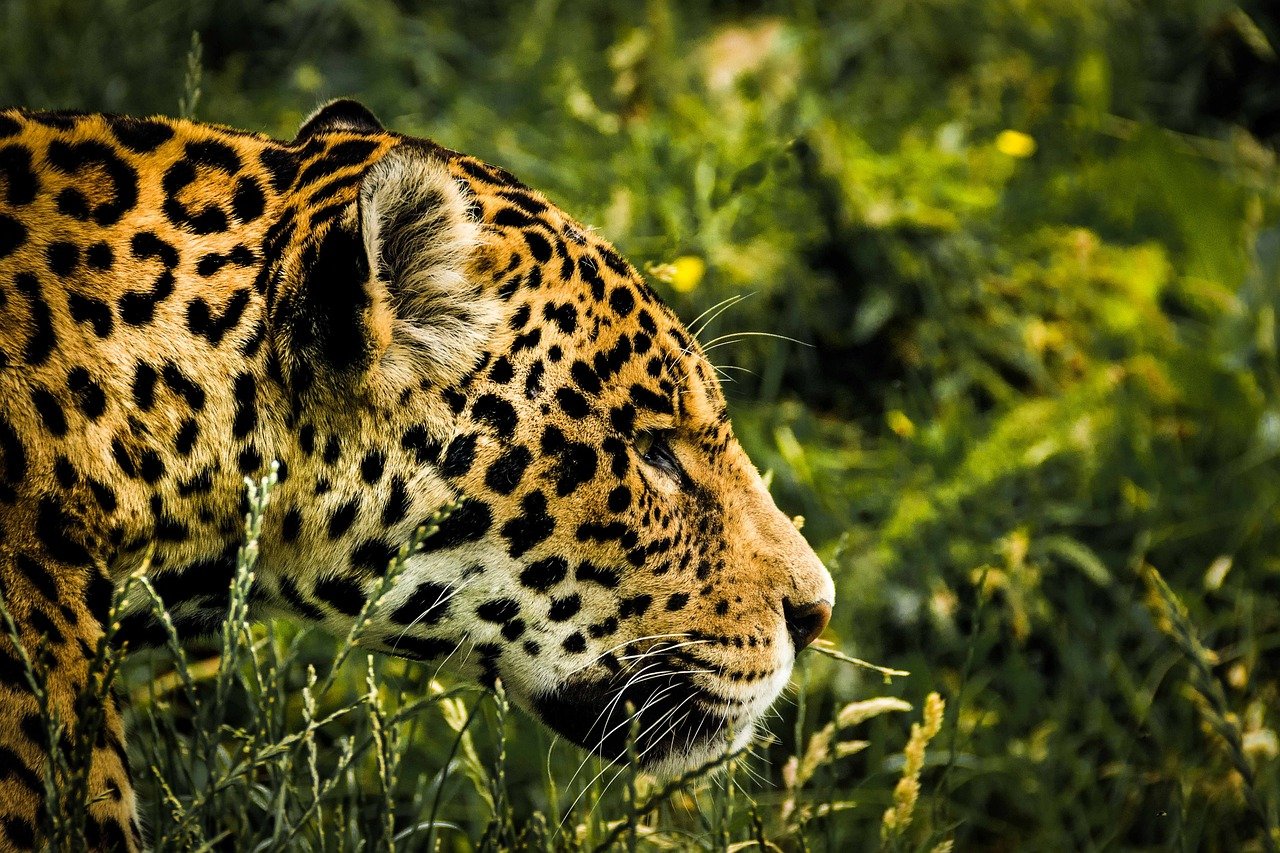
Big cats are majestic creatures that often captivate our imagination. These animals include lions, tigers, leopards, and jaguars, each with their own unique behaviors and characteristics. Despite their wild nature, they are susceptible to stress, much like humans. Stress in big cats can stem from a variety of factors, including changes in their environment, social structures, or health issues. Recognizing signs of stress early is crucial for their well-being. Observing these magnificent animals with a keen eye can reveal subtle cues that indicate stress. Understanding the nature of these cats helps us provide better care and ensure their habitats are conducive to their natural behaviors.
Changes in Feeding Habits
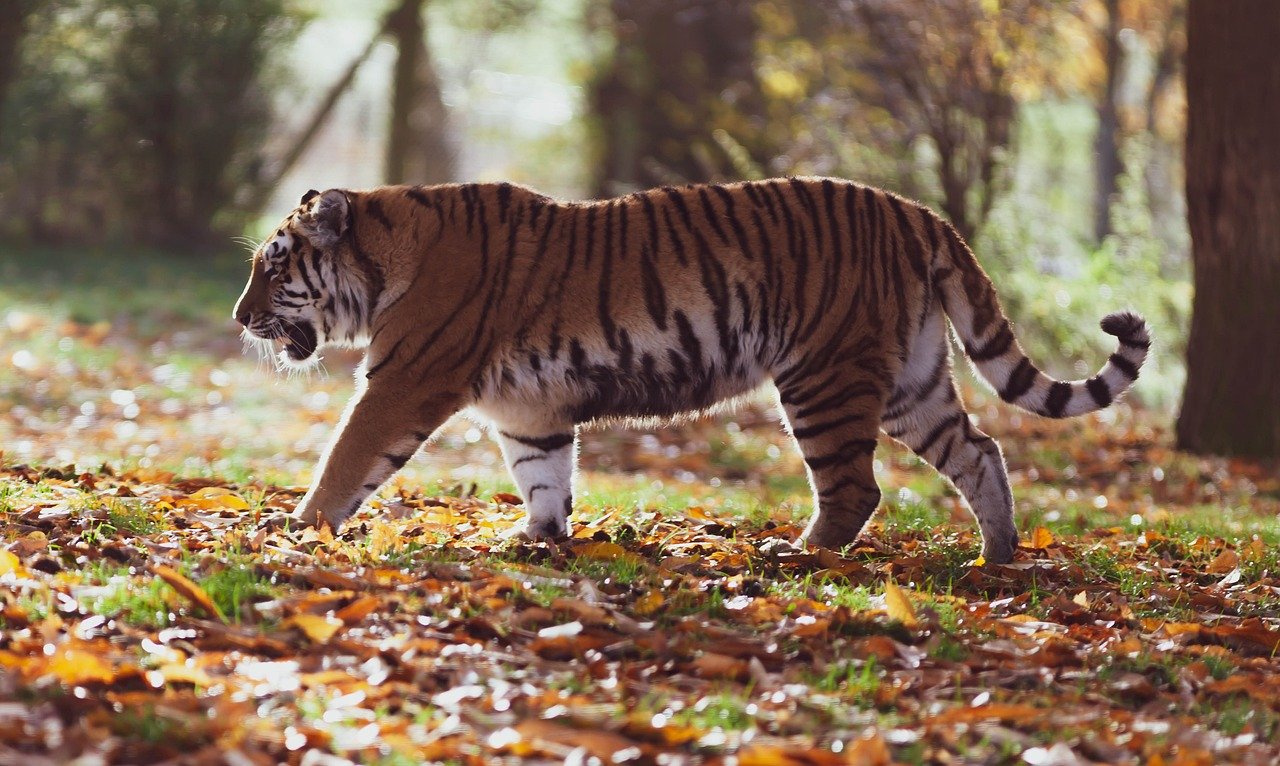
One of the most noticeable signs of stress in big cats is a change in their feeding habits. These changes can manifest as a decreased appetite or refusal to eat altogether. Conversely, some stressed cats may overeat as a coping mechanism. Observing their eating patterns can provide vital clues about their mental state. It’s important to consider that a change in diet or feeding schedule can also cause stress. Therefore, maintaining a consistent routine is essential. If a big cat shows drastic changes in its eating habits, it may be a sign of underlying stress that needs to be addressed promptly.
Altered Grooming Behavior
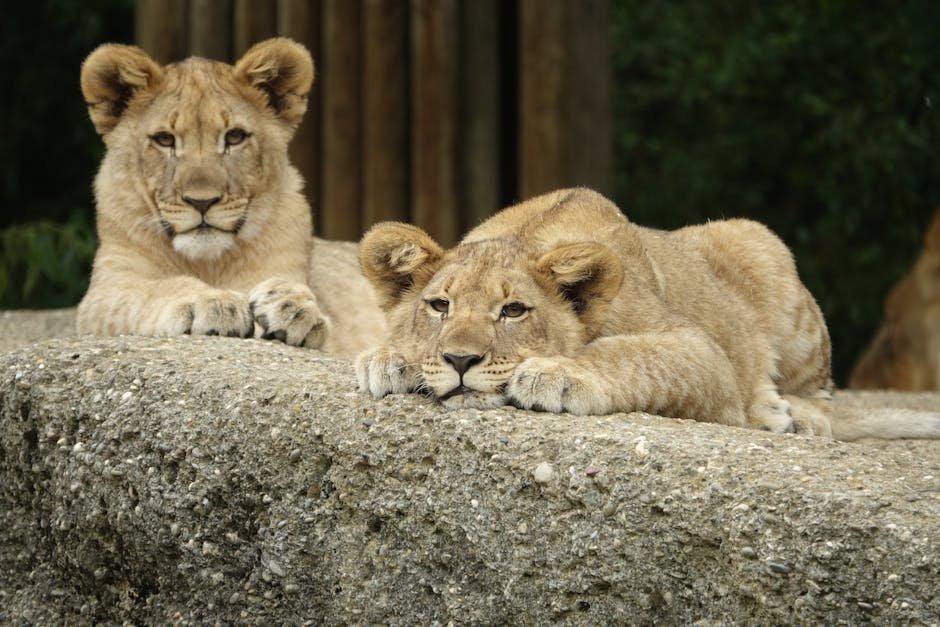
Grooming is a natural behavior for big cats, helping them maintain their coat and skin health. However, stress can lead to altered grooming patterns. An increase in grooming might indicate that the cat is trying to soothe itself. On the other hand, a lack of grooming can result in a disheveled appearance and may signal depression or anxiety. Observing the frequency and intensity of grooming can provide insights into the cat’s stress levels. If a big cat is excessively grooming to the point of creating bald patches, it is a clear sign of stress that requires attention.
Vocalization Changes
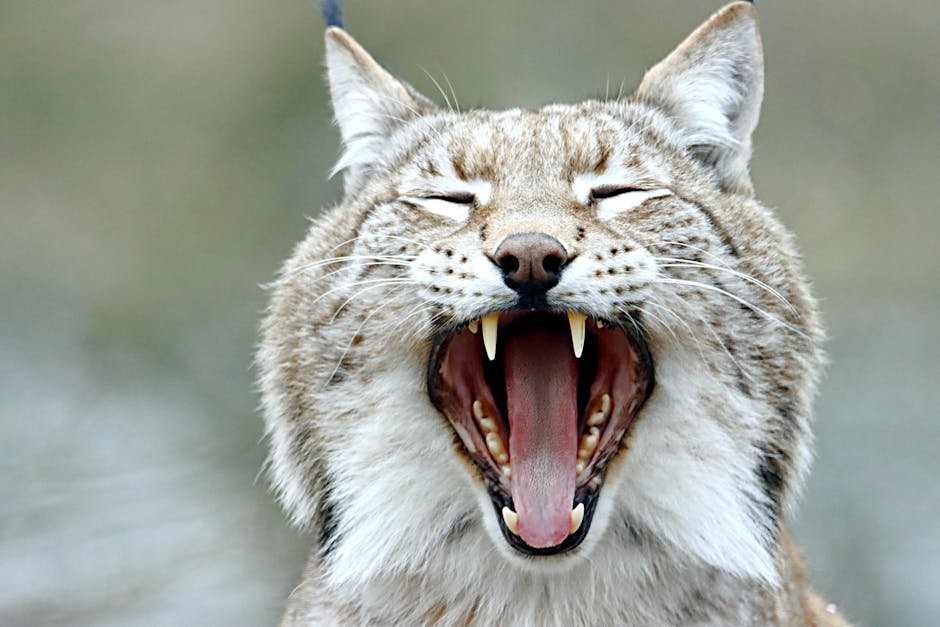
Big cats communicate through a range of vocalizations, each serving a different purpose. Changes in the frequency or intensity of these vocalizations can indicate stress. A normally quiet cat may become more vocal, expressing discomfort or anxiety. Conversely, a typically vocal cat might become silent. Understanding the usual vocal patterns of a big cat is essential in identifying any deviations. These changes can be subtle, but they often provide crucial information about the animal’s emotional state. Recognizing these clues early can help caretakers intervene and address the source of stress.
Increased Aggression
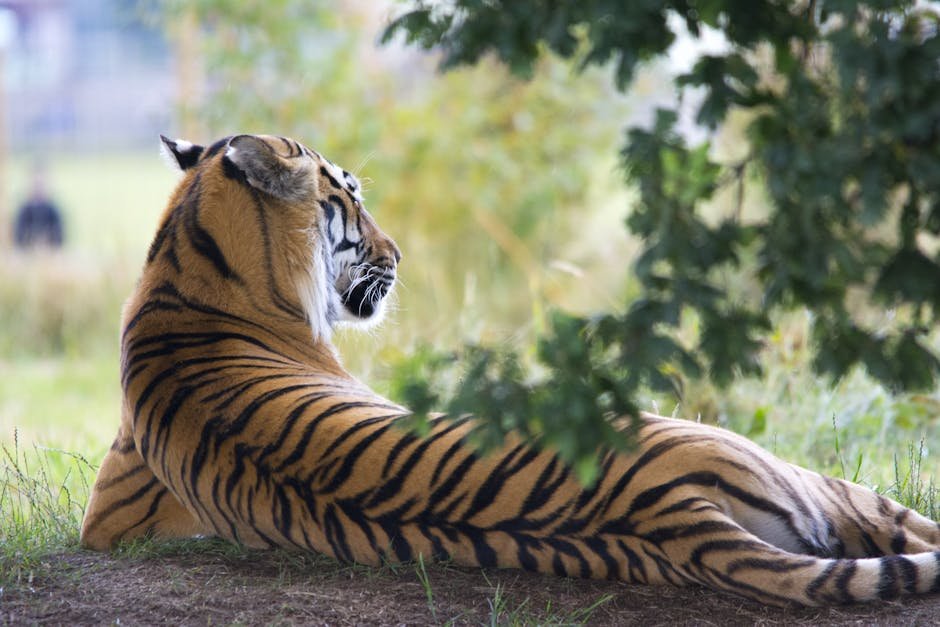
Stress can manifest as increased aggression in big cats, often as a defensive mechanism. This aggression may be directed towards other animals, humans, or even inanimate objects. Recognizing this behavior is important to prevent potential harm. It’s essential to understand the triggers of this aggression, as they can vary widely. Providing a safe and secure environment can help mitigate these aggressive tendencies. Observing interactions with other animals can also provide insights into the cat’s stress levels. If a normally docile cat becomes aggressive, it’s a clear sign that something is amiss.
Withdrawal and Isolation
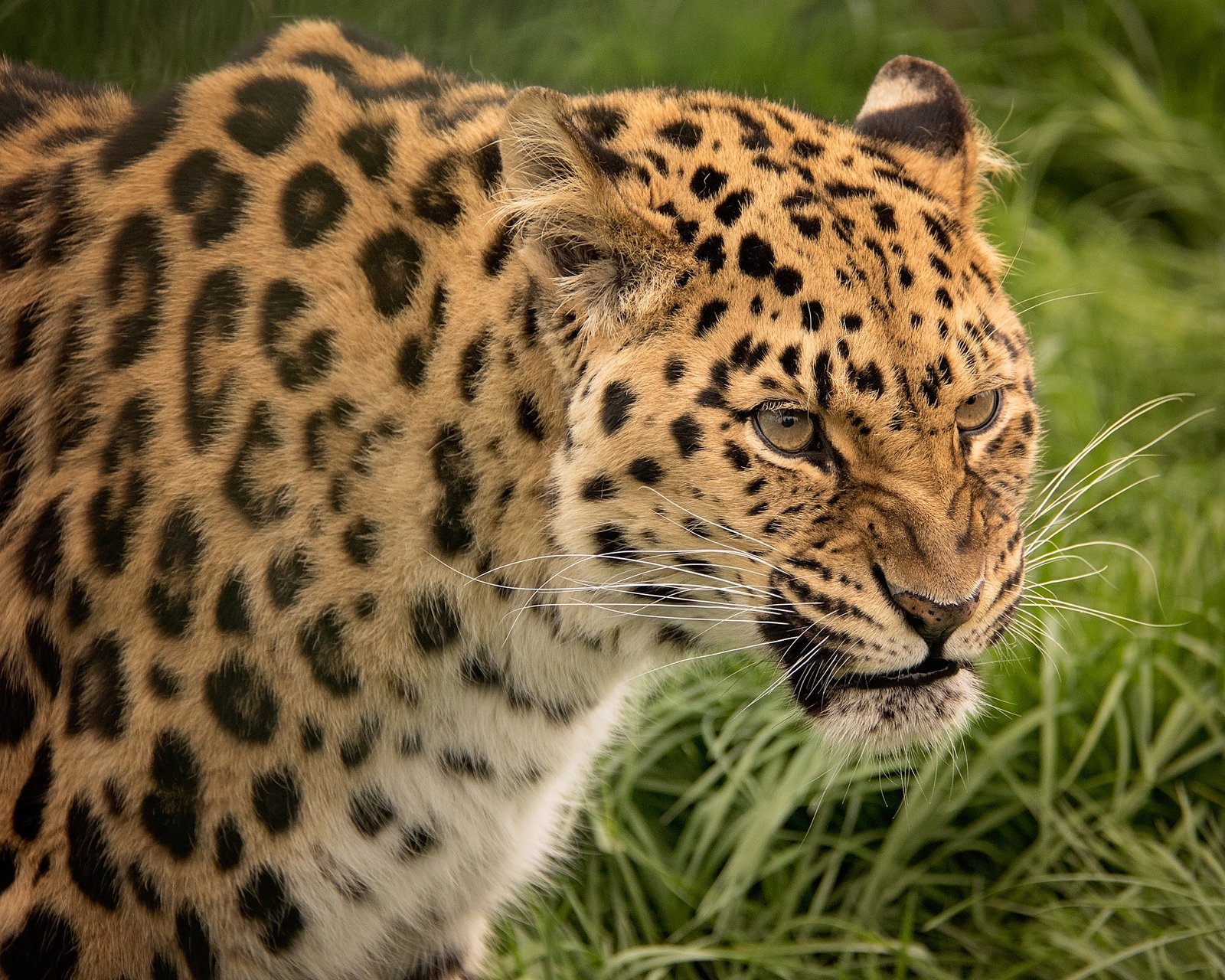
Big cats are generally social animals, especially those that live in prides or groups. However, stress can lead them to withdraw and isolate themselves from others. This behavior is often a coping mechanism to deal with overwhelming emotions. Recognizing this isolation is crucial, as it can indicate significant stress. Providing a supportive environment and opportunities for social interaction can help alleviate this behavior. Understanding the normal social dynamics of a big cat can help identify when isolation becomes a concern. Addressing this issue promptly is essential for the cat’s overall well-being.
Changes in Sleeping Patterns
Alterations in sleeping patterns are another indicator of stress in big cats. These animals typically have defined periods of rest and activity. Stress can disrupt these patterns, leading to insomnia or excessive sleep. Observing these changes can provide valuable insights into the cat’s mental state. It’s important to consider environmental factors that may contribute to these disruptions. Creating a calm and stable environment can help restore normal sleep patterns. If a big cat shows persistent changes in its sleeping habits, it may be time to investigate potential sources of stress.
Excessive Pacing or Repetitive Movements
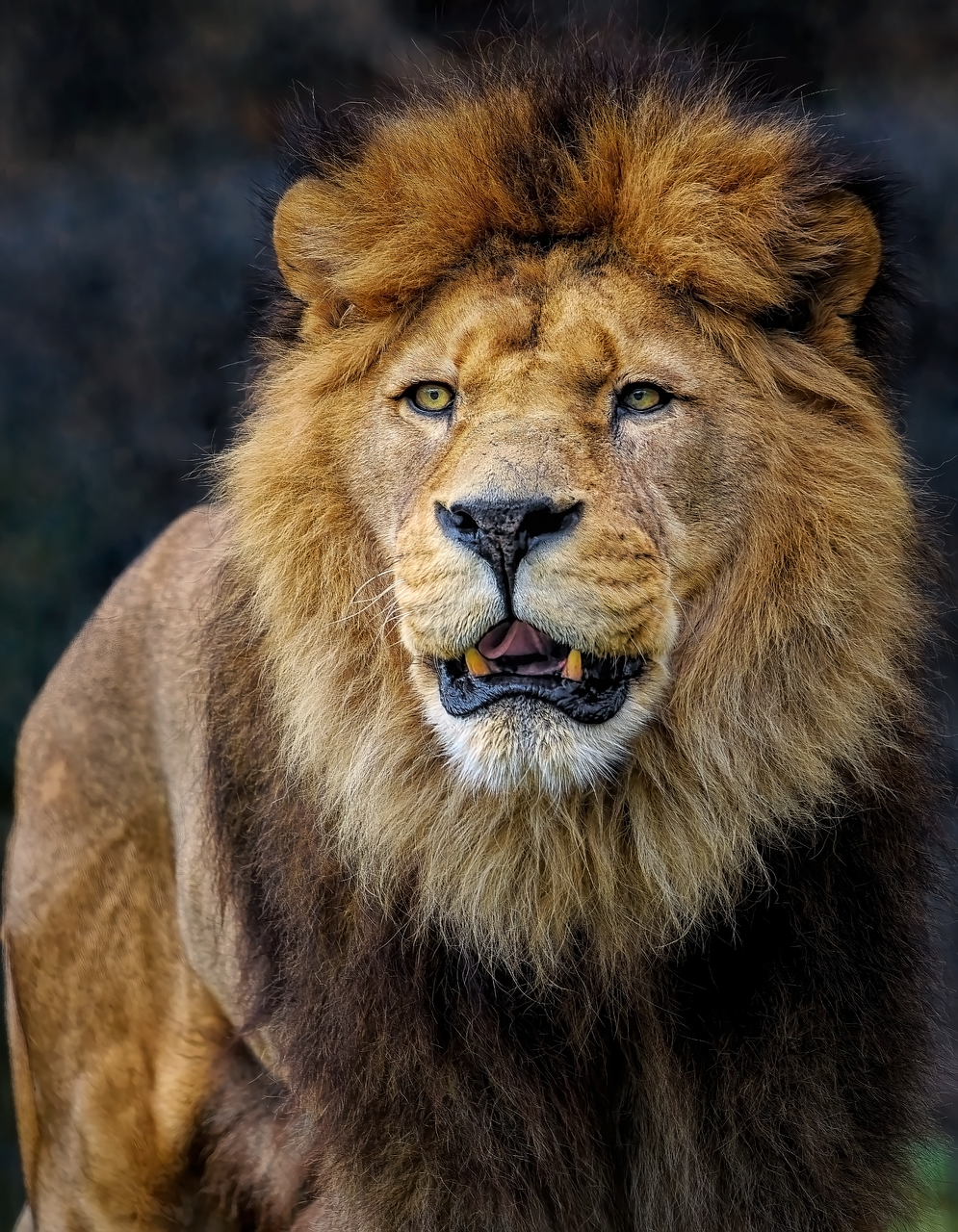
Repetitive movements, such as pacing, are common signs of stress in big cats. These behaviors often indicate frustration or anxiety. Observing the frequency and duration of these movements can provide insights into the cat’s stress levels. Providing enrichment activities and a stimulating environment can help reduce these behaviors. Understanding the triggers of these movements is essential in addressing the root cause. If a big cat is frequently seen pacing or engaging in repetitive actions, it’s a clear sign that intervention is needed.
Panting and Respiratory Changes
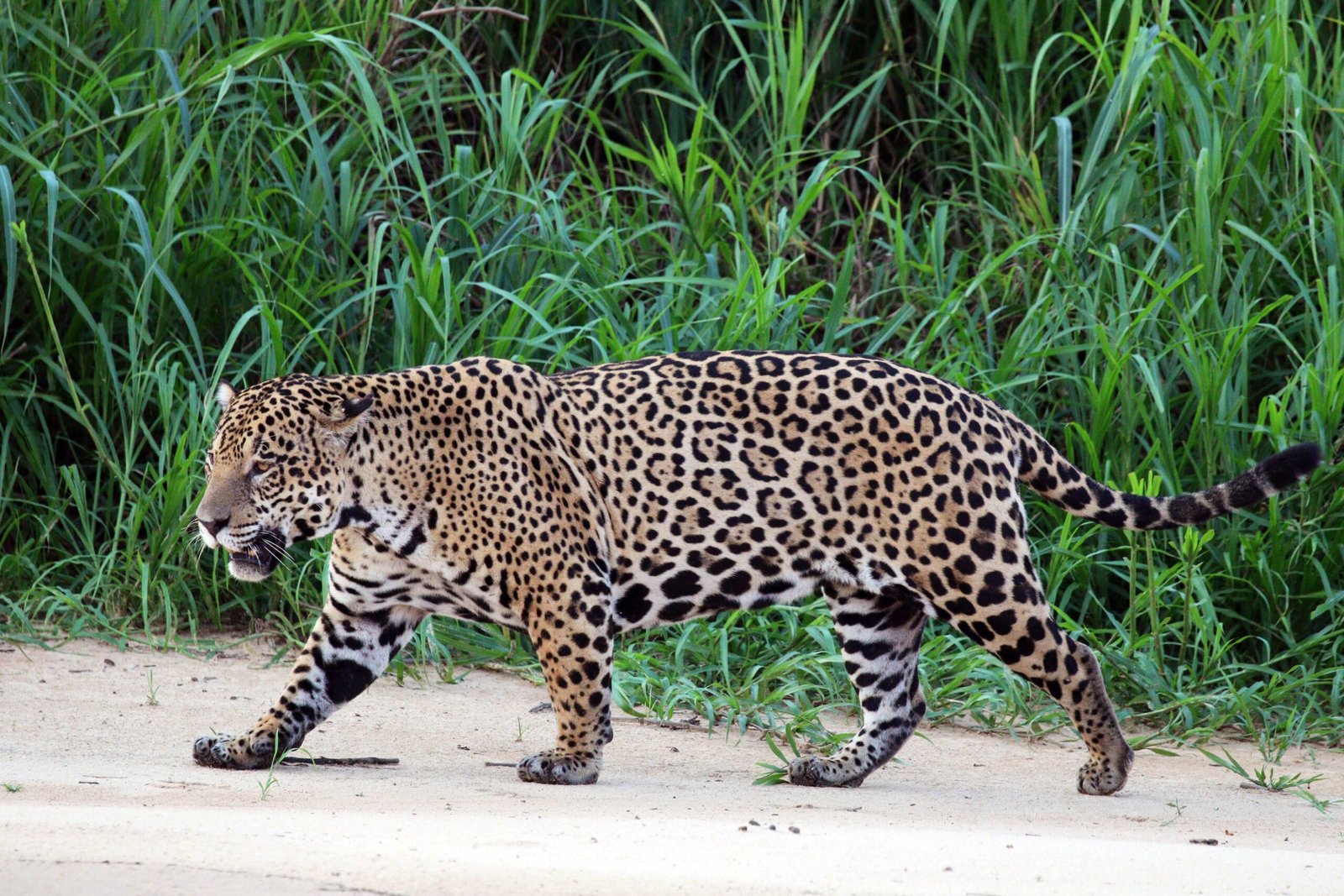
Panting and changes in respiratory patterns can indicate stress in big cats. These animals typically pant after exertion or in hot weather. However, persistent panting in the absence of these factors may signal stress. Observing their breathing patterns can provide valuable clues about their emotional state. It’s important to consider other health issues that may contribute to respiratory changes. If a big cat shows consistent changes in its breathing, it may be time to investigate further. Addressing these changes promptly is essential for the cat’s overall health.
Digestive Issues and Changes in Bowel Movements

Stress can affect the digestive system of big cats, leading to issues such as diarrhea or constipation. Observing changes in bowel movements can provide insights into their stress levels. It’s important to consider dietary factors that may contribute to these changes. Maintaining a consistent diet and feeding schedule can help mitigate these issues. If a big cat shows persistent digestive problems, it may be time to investigate potential sources of stress. Addressing these issues promptly is crucial for the cat’s overall well-being.
Changes in Territory Marking

Big cats are territorial animals, and changes in their marking behavior can indicate stress. They may increase or decrease their marking activities, such as scent marking or scratching. Observing these changes can provide valuable insights into their emotional state. It’s important to consider environmental factors that may contribute to these changes. Providing a stable and secure environment can help mitigate these behaviors. Understanding the normal marking patterns of a big cat can help identify when changes become a concern.
Increased Vocalization
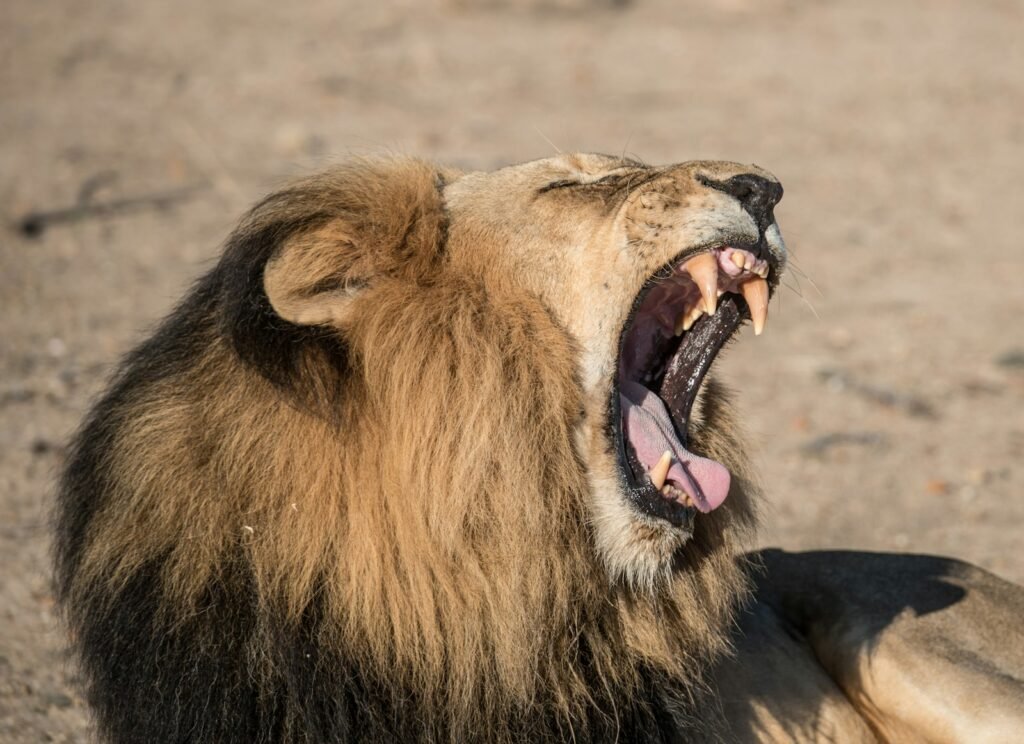
While some big cats may become quieter when stressed, others may show increased vocalization. This can include more frequent roars, growls, or other vocal expressions. Observing these changes can provide valuable insights into their stress levels. It’s important to consider other factors that may contribute to these vocalizations. Understanding the normal vocal patterns of a big cat is essential in identifying deviations. Addressing these changes promptly is crucial for the cat’s overall well-being.
Changes in Interaction with Caretakers

Big cats often develop relationships with their caretakers, and stress can alter these interactions. They may become more withdrawn or, conversely, more clingy. Observing these changes can provide valuable insights into their emotional state. It’s important to consider changes in routine or environment that may contribute to these behaviors. Providing a supportive and consistent environment can help mitigate these changes. Understanding the normal interactions between a big cat and its caretakers is essential in identifying deviations.
Increased Scratching or Clawing

Stress can lead to increased scratching or clawing in big cats, often as a way to release tension. Observing these behaviors can provide valuable insights into their stress levels. It’s important to consider environmental factors that may contribute to these behaviors. Providing appropriate outlets for these natural behaviors can help mitigate them. Understanding the normal scratching patterns of a big cat can help identify when changes become a concern. Addressing these behaviors promptly is crucial for the cat’s overall well-being.
Decreased Playfulness

Playfulness is a natural behavior for big cats, and a decrease in this activity can indicate stress. Observing changes in play behavior can provide valuable insights into their emotional state. It’s important to consider environmental factors that may contribute to these changes. Providing a stimulating and enriching environment can help encourage playfulness. Understanding the normal play patterns of a big cat is essential in identifying deviations. Addressing these changes promptly is crucial for the cat’s overall well-being.
Increased Startle Responses
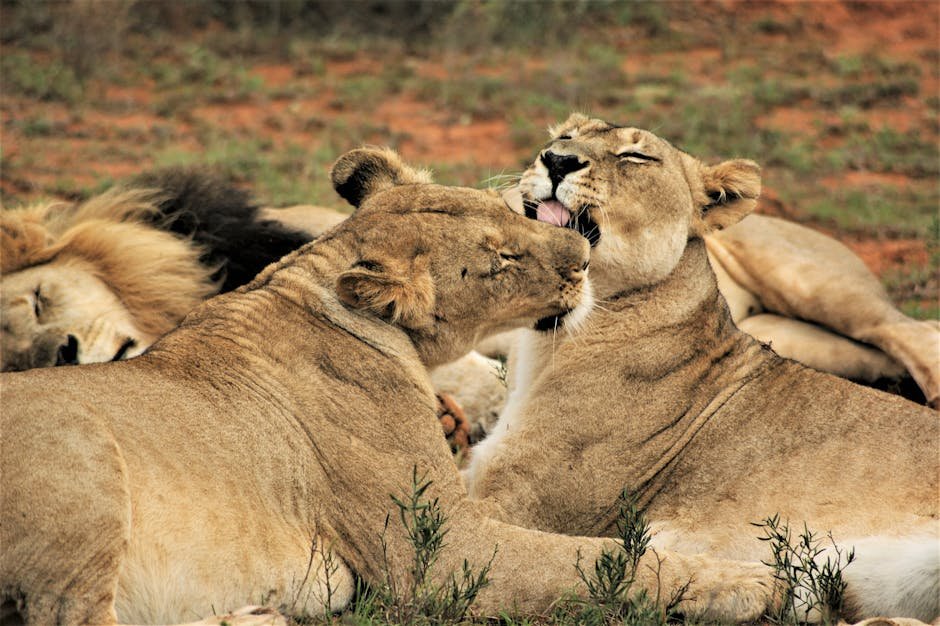
Stress can lead to increased startle responses in big cats, often as a result of heightened anxiety. Observing these reactions can provide valuable insights into their stress levels. It’s important to consider environmental factors that may contribute to these responses. Providing a calm and stable environment can help mitigate these reactions. Understanding the normal startle responses of a big cat is essential in identifying deviations. Addressing these changes promptly is crucial for the cat’s overall well-being.
Changes in Social Interactions
Big cats often have complex social structures, and changes in these interactions can indicate stress. They may become more aggressive or withdrawn from their social group. Observing these changes can provide valuable insights into their emotional state. It’s important to consider environmental factors that may contribute to these changes. Providing a supportive and stable social environment can help mitigate these behaviors. Understanding the normal social interactions of a big cat is essential in identifying deviations.
Increased Lethargy or Hyperactivity
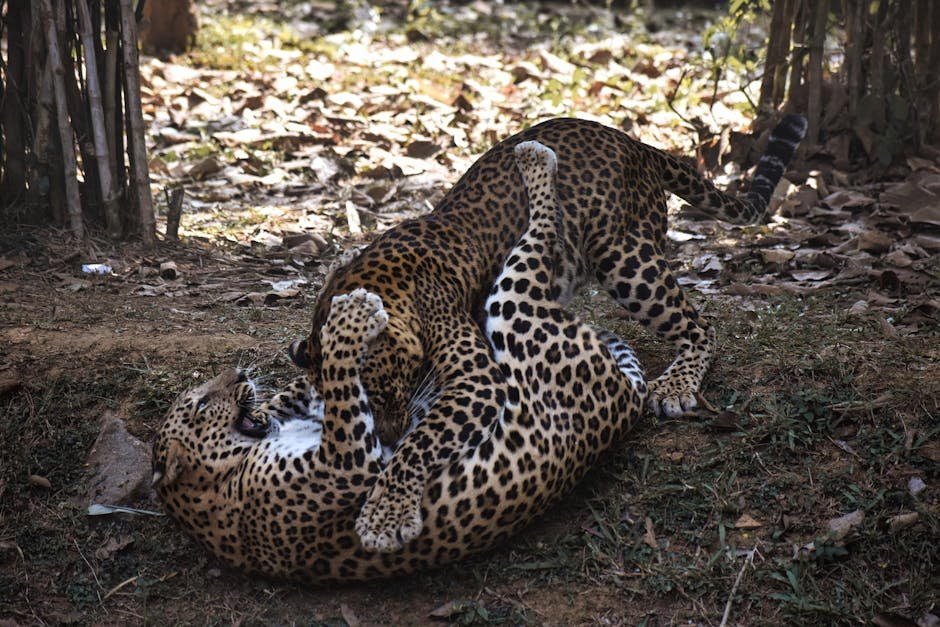
Stress can manifest as increased lethargy or hyperactivity in big cats. Observing these changes in energy levels can provide valuable insights into their stress levels. It’s important to consider environmental factors that may contribute to these changes. Providing a balanced and stimulating environment can help mitigate these behaviors. Understanding the normal activity levels of a big cat is essential in identifying deviations. Addressing these changes promptly is crucial for the cat’s overall well-being.
Changes in Vocal Tone
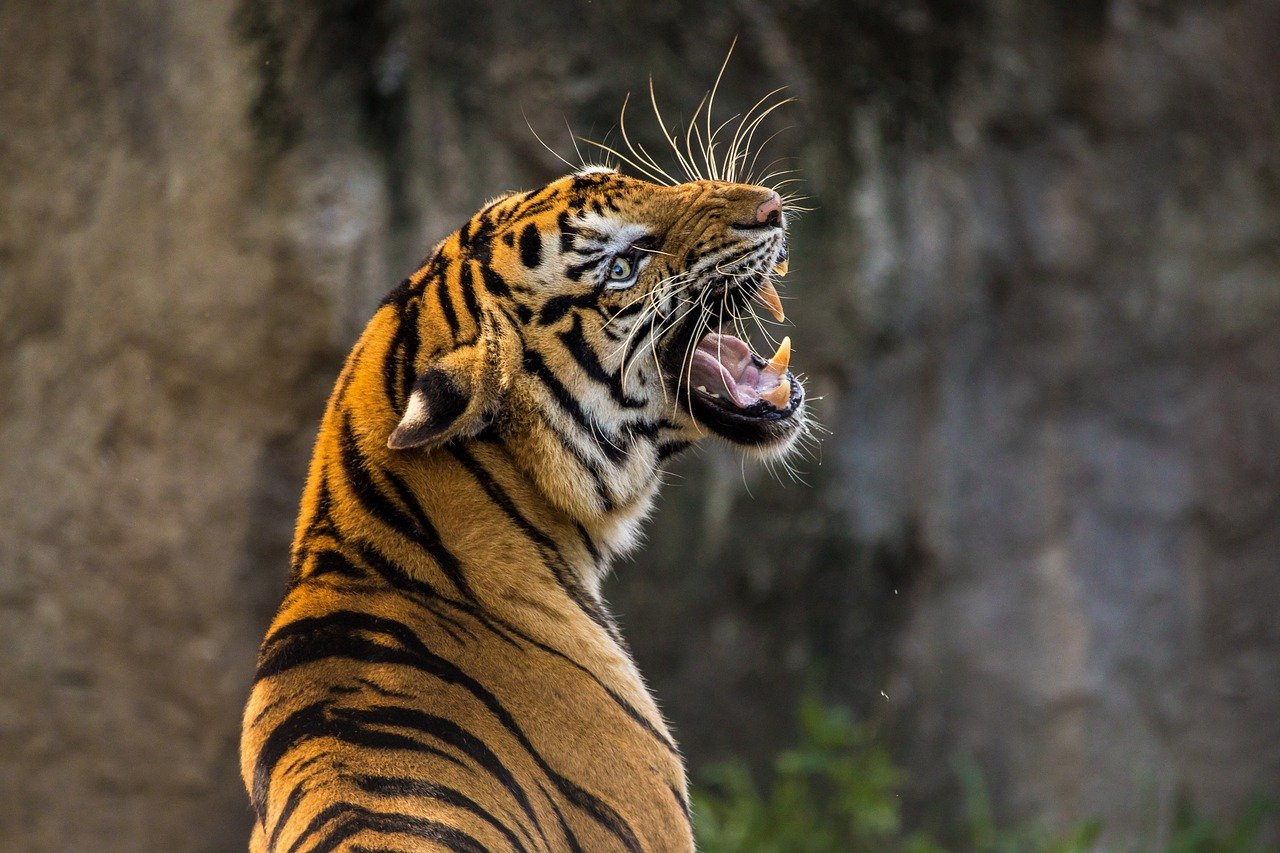
The tone of a big cat’s vocalizations can provide valuable insights into their emotional state. Changes in tone, such as increased pitch or intensity, can indicate stress. Observing these changes can provide valuable insights into their stress levels. It’s important to consider environmental factors that may contribute to these changes. Understanding the normal vocal tone of a big cat is essential in identifying deviations. Addressing these changes promptly is crucial for the cat’s overall well-being.
Detecting and Addressing Stress in Big Cats
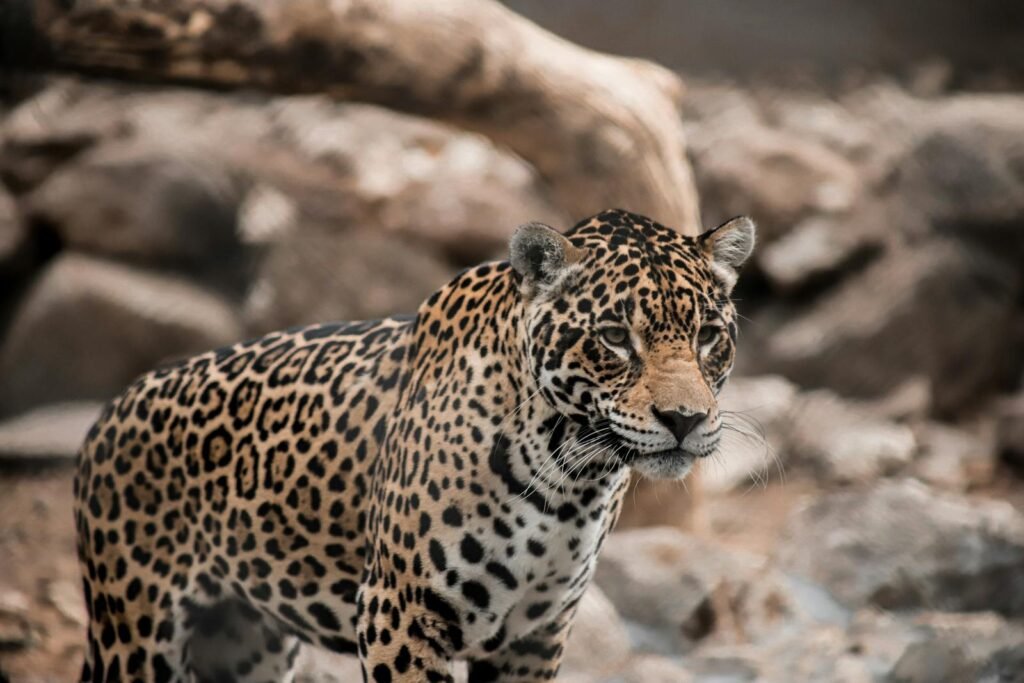
Recognizing the early signs of stress in big cats is essential for their overall well-being. By observing changes in behavior, caretakers can identify potential sources of stress and address them promptly. Providing a supportive and stimulating environment can help mitigate these behaviors. Understanding the normal patterns of behavior in big cats is essential in identifying deviations. Addressing these changes promptly is crucial for the cat’s overall well-being. A proactive approach to detecting and addressing stress can help ensure the health and happiness of these magnificent animals.
Hi, I’m Bola, a passionate writer and creative strategist with a knack for crafting compelling content that educates, inspires, and connects. Over the years, I’ve honed my skills across various writing fields, including content creation, copywriting, online course development, and video scriptwriting.
When I’m not at my desk, you’ll find me exploring new ideas, reading books, or brainstorming creative ways to solve challenges. I believe that words have the power to transform, and I’m here to help you leverage that power for success.
Thanks for stopping by, Keep coming to this website to checkout new articles form me. You’d always love it!






